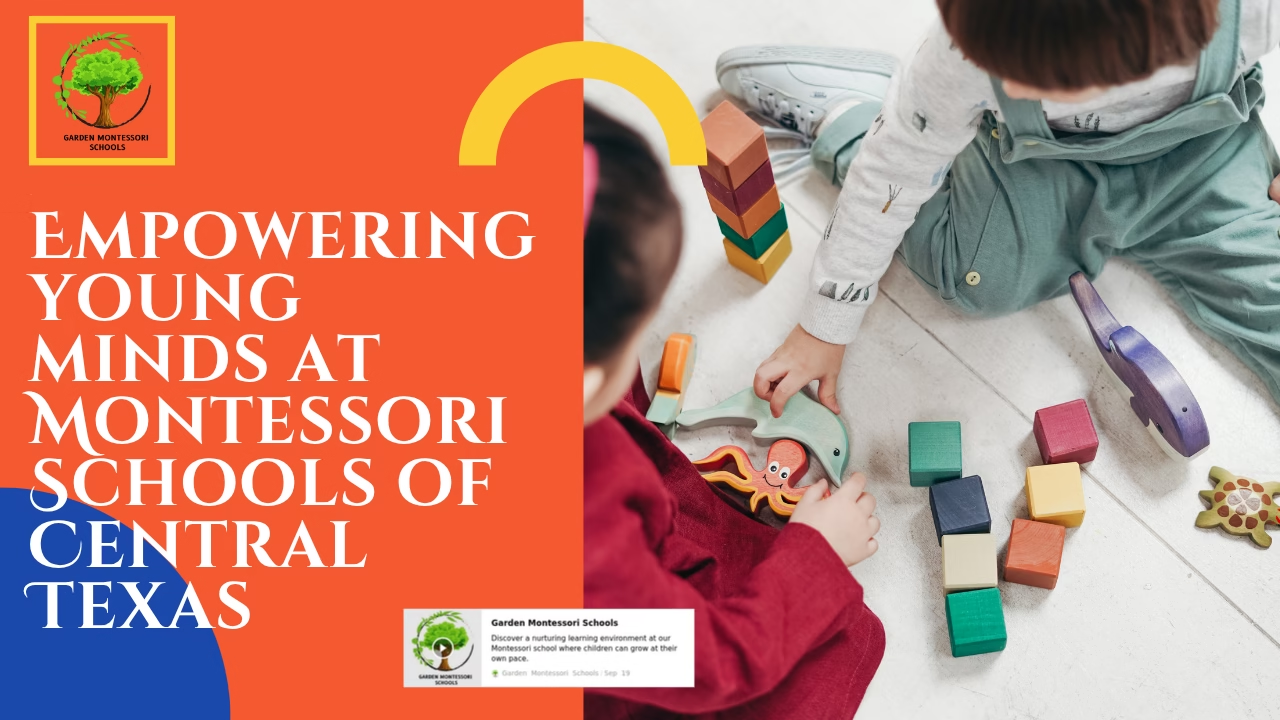Conscious communication, awareness, and empathy promote a stronger relationship between parent and child. Discipline is also taught using soft, awareness-based methods, allowing children to understand their emotions and enhance their choices, unlike conventional methods.
This article provides you with some tips on how you can incorporate mindfulness discipline into daily relations to encourage good behavior and emotional growth in the kids and help to change your way of parenting.
What Are Child Discipline Techniques That Are Mindful?
Mindful child discipline methods are parenting movements that emphasize presence, compassion, and restraint against emotional control as opposed to punitive action. Such practices are a result of mindfulness, which is practicing fully to be present and awake in the moment.
Parents are meant to react to the misbehavior of a child in a friendly manner, rather than being angry. This assists them in understanding the significance of reflecting on themselves, which would subsequently result in improved decisions. It entails forgiveness in the transformation of the behavior of a child and not the actions taken by them.
Instead of exerting controlling powers as in authoritarian methods, mindful approaches capture the theme of teaching. It fosters more emotional intelligence among the kids, reducing power struggles between parents and children. The other advantage is that it helps the parent deal with stress and become more efficient in this job. Respect and mutual understanding with a child can be established through the continuous use of mindful child discipline methods that foster a home environment.
Using Mindful Child Discipline Techniques at Home
This involves being self-aware, meaning you remain composed and in control of your emotions when your child misbehaves, which is necessary for effective child discipline techniques. Bouts of anger and a loop response will not solve the matter; instead, take a significant gulp of air and turn towards the situation with meticulous interest.
Just ask kids the reason for their actions, and then wait and watch. This will make the children feel that they are recognized. The boundaries should be specific, predictable, and the fewest possible, although they need to be explicated. Use I statements like, I feel angry when toys get thrown, to communicate and not to blame.
Make the children think of their actions and choose better ones in the future. Recognize the response of children when correcting them; this promotes empathy. This method, with time, teaches inner discipline and responsibility. It is necessary to be consistent. Constant use of mindful approaches to child disciplining will alter the behavior of children and the reaction that adults have to them, which eventually results in a harmonious and quiet home.
Reasons Why Mindful Child Discipline Techniques Work
Effective mindful techniques boost emotional intelligence, enhance communication skills, and strengthen relationships. Grown-up punishments often result in fear or resentment, causing children to either reach a state of defeat or emotionally shut down. On the other hand, mindful discipline teaches responsibility.
When children feel appreciated and acknowledged, they tend to comply and control their impulses. This method also fosters problem-solving skills in children as they contemplate the possible outcomes and think of other ways to approach the issue. There are also gains for parents as they become more responsive rather than reactive.
The latest child psychology research indicates these methods support mindful techniques that are best in the long-term development of healthy coping mechanisms, moral reasoning, and reduce stress and improve the family dynamics of a nurturing home where children can thrive emotionally and socially. Choosing these discipline methods is truly investing in the child’s future. When and Where To Use Mindful Child Discipline Techniques
Frequently Asked Questions (FAQs)
Are Child Discipline techniques appropriate for toddlers?
With gentle redirection and validation of emotions, mindful techniques such as gentle validation are appropriate for toddlers. While the toddler brain is limited within a specific emotional lexicon, the application of age-appropriate techniques is both beneficial and suitable.
Will these methods apply to older kids and teenagers?
Of course. Open, respectful conversations enable teens to feel more in control and manage their decisions and actions.
What can I do to remain calm if I am feeling overwhelmed?
Responding only after taking a deep breath or pausing for a moment to gather one’s thoughts is a way to practice mindfulness. Self-regulation is vital to disciplined mindfulness techniques for children.
Can consequences be incorporated into Child Discipline techniques?
Yes, consequences are a critical part of Child Discipline techniques. They must be logical and natural, ensuring the child understands their actions without shame, judgment, or fear.
Conclusion
Respect and emotional intelligence are what these Child Discipline techniques are supposed to teach parents. Over time and with regular practice, these Child Discipline techniques will raise kind, self-aware persons, hence establishing a strong relationship between the parent and the child as well as creating a peaceful home.



